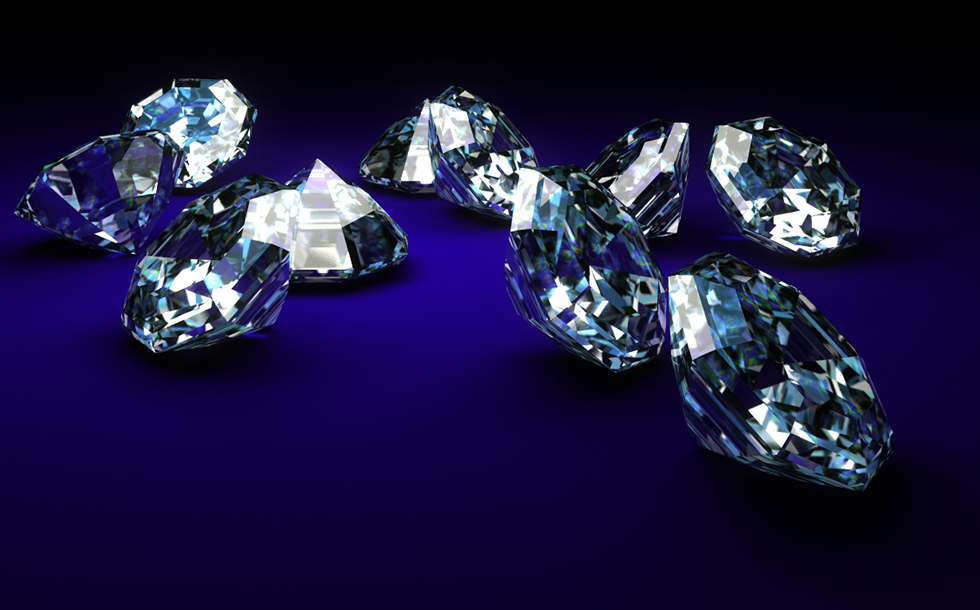In recent years, the diamond industry has witnessed a revolutionary shift with the emergence and rapid advancement of investment lab grown diamonds. These man-made gems, while structurally identical to natural diamonds, are created in controlled laboratory environments rather than mined from the earth. This innovative technology not only offers a sustainable alternative to traditional mining practices but also presents a compelling opportunity for investors seeking to diversify their portfolios with ethical and potentially lucrative assets.
Table of Contents
Understanding Lab-Grown Diamonds
Lab-grown diamonds are produced through two primary methods: High Pressure-High Temperature (HPHT) and Chemical Vapor Deposition (CVD). Both processes mimic the natural conditions under which diamonds form but do so in a matter of weeks rather than millions of years. This controlled environment ensures that the resulting diamonds possess the same physical, chemical, and optical properties as their natural counterparts.
From a quality standpoint, lab-grown diamonds are graded using the same criteria as mined diamonds—known as the 4Cs: cut, color, clarity, and carat weight. This ensures transparency and reliability in assessing their value, making them a viable option for both consumers and investors alike.
The Investment Case for Lab-Grown Diamonds
1. Market Growth Potential:
The market for lab-grown diamonds has been expanding rapidly, driven by increasing consumer awareness of ethical and environmental concerns associated with traditional diamond mining. This growing demand is expected to drive prices and market value upwards, presenting early investors with significant growth opportunities.
2. Ethical and Environmental Benefits:
Unlike mined diamonds, which often come with ethical controversies surrounding labor practices and environmental impact, lab-grown diamonds offer a cleaner, more sustainable alternative. This ethical advantage resonates strongly with conscientious consumers and investors who prioritize responsible sourcing and sustainability.
3. Price Stability and Value Retention:
Lab-grown diamonds typically cost 20-40% less than mined diamonds of comparable quality. Moreover, their prices have shown stability and even appreciation over time, making them a potentially valuable addition to investment portfolios seeking diversification and resilience against economic fluctuations.
4. Technological Advancements:
Ongoing advancements in diamond-growing technology promise to enhance production efficiency and quality consistency. This continuous improvement bodes well for the long-term viability and attractiveness of lab-grown diamonds as an investment asset.
Risks and Considerations
While the outlook for investing in lab made diamonds appears promising, potential investors should consider several factors:
Market Volatility: The market for lab-grown diamonds is still relatively young and may be subject to price volatility as it matures.
Consumer Perception: Some consumers still prefer natural diamonds for their perceived rarity and value. However, shifting consumer preferences and increasing awareness of lab-grown options are gradually reshaping market dynamics.
Regulatory Landscape: Regulatory frameworks surrounding lab-grown diamonds are evolving. Investors should stay informed about any changes that could impact market dynamics and investment strategies.
Conclusion
Investing in lab-grown diamonds represents a forward-thinking approach to both financial growth and ethical responsibility. With a burgeoning market, technological advancements, and increasing consumer acceptance, these diamonds offer a compelling opportunity for investors seeking sustainable and potentially lucrative assets. However, as with any investment, thorough research and consideration of market trends and risks are essential to making informed decisions. By embracing innovation and sustainability, investors can not only diversify their portfolios but also contribute to a more ethical and environmentally conscious future in the diamond industry.


